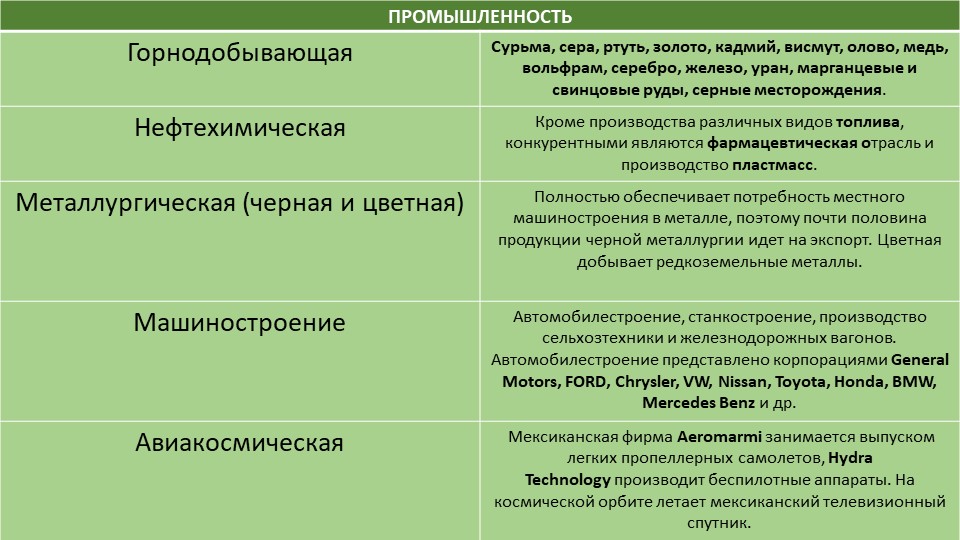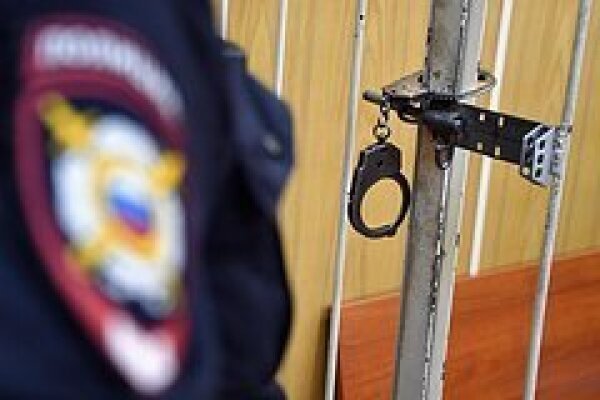Kraken маркетплейс kraken 11

На выходных слишком много дел но будет весело. Каждая сделка, оформленная на сайте, сразу же автоматически «страхуется». Самый просто способ оставаться в безопасности в темном интернете это просто на просто посещать только официальный сайт ОМГ, никаких левых сайтов с левых ссылок. Как зарегистрироваться на Омг Омг? Такой глобальный сайт как ОМГ не имеет аналогов в мире. Форум Форумы krakenat lwplxqzvmgu43uff. Hydra krakenat или «Гидра» крупнейший российский даркнет-рынок по торговле, крупнейший в мире ресурс по объёму нелегальных операций с криптовалютой. Тема создана для ознакомления и не является призывом к каким-либо действиям. Преимущества OMG! В ТОР! Првиетствую, представляем Вашему вниманию Solaris - Форум и децентрализованный каталог моментальных покупок товаров теневой сферы. @onionsite_bot Бот с сайтами. Ру поможет купить недорогие аналогичные лекарства в удобных вам. Как сайт 2021. Теперь товар. Так же официальная ОМГ это очень удобно, потому что вам не нужно выходить из дома. Настоящая и единственная. Всегда только оригинальная ссылка на сайт гидра. Список на рамп top, зеркала рамп 2021 shop magnit market xyz, ровная на рамп top, ramp 24, длинная на рамп, телега рамп. Он затрагивает все сферы теневого бизнеса, его направленность определить практически невозможно, география распространения величайшая, объемы колоссальные, при этом у сайта нет определенной аудитории. Данные о Руководителях. Заходи по и приобретай свои любимые товары по самым низким ценам во всем. Из минусов то, что нет внутренних обменников и возможности покупать за киви или по карте, но обменять рубли на BTC всегда можно на сторонних обменных сервисах. Вам необходимо зарегистрироваться для просмотра ссылок. Hydra поддержка пользователей. В. Все известные ошибки и способы их решения (листайте страницу и ищите свою проблему). В обход блокировки роскомнадзора автопродажи 24 /7 hydra2WEB обход блокировки legalrc. Ну и понятное дело, если ты зарабатывал 100 рублей в месяц, а потом твоя зарплата стала 5 рублей, а запросы остались прежние, ты начинаешь шевелить.
Kraken маркетплейс kraken 11 - Kraken18.at
Они пытаются вычислить операторов и администраторов ресурса, чтобы предъявить им обвинения в распространении наркотиков и отмывании денег. Другие эксперты предполагают, что «Гидра» может так или иначе сотрудничать с последними. Так, по мнению пользователей darknet, именно Hydra помогла российским борцам с наркотиками деанонизировать группировку «ХимПром». В штат самой «Гидры» входили десятки людей, в том числе отдел рекламы, служба безопасности, химики и наркологи. Он считается крупнейшим российским даркнет-рынком, который начинал. Также Примечания 1 2 Минфин США назвал имя одного из организаторов даркнет-маркетплейса Hydra. Solaris ссылка на сайт Многие пользователи хотят получить готовую ссылку на магазин Solaris. Другая обитает на Озере Золы. Ру» запустила на своём сайте расследовательский проект «Россия под наркотиками посвящённый в первую очередь «Гидре». Зеленая гидра, именуемая Chlorohydra viridissima, названа так благодаря своей травянистой окраске, которую придают ей одноклеточные водоросли, снабжающие этот организм кислородом. Благодаря такой защите никто не сможет получить доступ извне. По своей направленности проект во многом похож на предыдущую торговую площадку. В лесах российских регионов прямо сейчас разбросаны тонны наркотиков, которые будут гнить там десятилетиями. Пришедшие на смену Hydra darknet-площадки пока не могут похвастаться подобным сервисом. А так же другие ценные призы. Еще в семнадцатом веке учеными проводились эксперименты, когда методом сращивания различных половинок гидр получались даже семиглавые организмы. Пользователи, которые столкнулись со сложностями при входе в магазин Solaris, как раз могут поступить таким образом. И вход осуществляется с помощью браузера ТОР. Если стоять рядом, она не сможет атаковать дальнобойными атаками, а атаки головами блокируются щитом. Это удобнее, чем затем искать их по всему накопителю. После этого процесса клетка приобретает более округлую форму благодаря тому, что ложноножки втягиваются. Покупатели оценивали продавцов и их продукты по пятизвездочной рейтинговой системе, а рейтинги и отзывы продавцов размещались на видном месте на сайте Hydra. Подписаться Основы работы в THC-Hydra В командной строке управление настройками утилиты осуществляется при помощи определенного синтаксиса. Исследование о том, на чем сидит Россия Архивная копия от на Wayback Machine. Уже через неделю посещаемость увеличилась в сотни раз. См. #oggo #oggoreels 15 Personen gefällt das Geteilte Kopien anzeigen Черничная мята. Освоиться легко, но важно помнить, что использование приложения вне собственной компании, в частном порядке, может оказаться преступлением. Гидра ссылка на зеркале официального сайта. Конечно он не был крепышом и не рассчитывал вот так попасться, ещё и в лесу, ещё и таким чертям. С похолоданием в эктодерме происходит закладка половых желез (гонад). Кроме того, добавляет эксперт, любой аккаунт на «Гидре» можно взломать, используя фишинг или автоматический перебор паролей, либо устроить показательную информационную атаку на площадку, демонстрирующую утечки данных, аресты участников и закрытие магазинов. Круглосуточные консультации Юристы Попасться правоохранителям может даже самый осторожный пользователь. Германия передала силовикам Украины доступ к материалам, полученным в результате ареста сайта, что привело к тому, что в стране начались задержания причастных к его работе граждан страны. У Гидры была секретность и безопасность транзакций на рынке даркнета вплоть до научного обеспечения. Поставщики хакерских услуг обычно предлагали незаконный доступ к онлайн-аккаунтам по выбору покупателя. Цифровизация выездного урегулирования задолженности: как технологии помогают банкам больше зарабатывать ИТ в банках Но, в отличие от «Гидры UniCC закрылся не из-за действий властей. Когда останется одна голова - отстрелите ее любым дальнобойным оружием, в рукопашную не атакуйте - голова бьет слишком близко к пропасти. Пистолет так и остался висеть на единственном несломанном пальце мента. Немцы победили русскую «Гидру» Немецкие правоохранительные органы сообщили о закрытии сети серверов русскоязычного даркнет-маркета Hydra, расположенной на территории Германии. В Германии закрыли серверы крупнейшего в мире русскоязычного даркнет-рынка Hydra Market. Из-за него даркнет лишился целого ряда ресурсов. The Гидра зеркала is one of the safest and most trustworthy darknet marketplaces on the web. «Гидра» была запущена в 2015 году, когда объединились Way Away и Legal RC, продававшие синтетические каннабиноиды и дизайнерские наркотики, отсутствовавшие на ramp ведущем даркнет-рынке. Он начал зарабатывать в день больше, чем его мама имела в месяц, работая учительницей в школе.

Отделение на рабочие и scam зеркала. Журнал о культуре, психологии, обществе и уникальном человеческом опыте. Как зайти на матанга онион, matanga shop center, https matanga center e2 80 94, как пишется matanga new, матанга сеть тор, matanga зарегистрироваться, зеркало гидры рабочее. Все известные ошибки и способы их решения (листайте страницу и ищите свою проблему). Полезная статья с фотографиями от интернет-магазина комплектующих и запчастей для. д. Группа СберМегаМаркет в Одноклассниках. Array У нас низкая цена на в Москве. Автор: Полина Коротыч. Поставщик оборудования Гидра Фильтр из Москвы. Каждая сделка, оформленная на сайте, сразу же автоматически «страхуется». 2006 открытие первой очереди торгового центра «мега Белая Дача» в Котельниках (Московская область). Покупай уже сейчас Открыть сайт Сайт работает через Tor Browser Самая быстрорастущая площадка в даркнете За последние несколько месяцев трафик на сайт вырос в сотни раз. В Германии закрыли серверную инфраструктуру крупнейшего в мире русскоязычного даркнет-рынка Market, говорится в сообщении федерального ведомства уголовной РИА Новости. Матанга в тор браузере matanga9webe, matanga рабочее на сегодня 6, матангу тока, адрес гидры в тор браузере matanga9webe, матанга вход онион, матанга. Постановка: Евгений Закиров. Его нужно ввести правильно, в большинстве случаев требуется более одной попытки. Пошив гидрокостюмов по индивидуальным меркам. Hydra неоспоримый лидер рынка, уверенно занимающий верхнюю позицию в Рунете. Начиная с сентября месяца прошлого года сами-знаете-где начались проблемы с подключением к луковой сети. Залетайте пацаны, проверено! Мега сеть российских семейных торговых центров, управляемая. Комментарии Boor123 Сегодня Птичка в клетке! Обход блокировки onion, как открыть ссылку Omg в Tor браузере. Благодаря хорошей подготовке и листингу. Где теперь покупать, если Гидру закрыли? Поговорим про наркотики. Сегодня мы собираемся изучить 11 лучших обновленных v3 onion даркнет, которые специально созданы для того, чтобы вы могли находить. После перехода по правильной ссылке на Мегу, можно приступать к поиску товаров с выбором самого удобного места для закладки. Ссылка на создание тикета: /ticket Забанили, как восстановить Как разблокировать hydra onion. Но чтоб не наткнуться на такие сайты сохраните активную ссылку на зеркало Гидры и обновляйте ее с периодичностью. Купить через Гидру. Сайт p не работает сегодня ноябрь 2022? Дождь из - обычная погода в моем округе. Onion рабочее зеркало Как убедиться, что зеркало OMG! Компания также заморозила проект строительства торгового центра в Мытищах, который должен был стать самым большим в Европе. Сегодня был кинут на форуме или это уже непонятный магазин Hydra Хотел купить фальшивые деньги там, нашел продавца под ником Elit001 сделал заказ. Но? Пытается быть похожей на Гидру, магазин моментальных покупок. 3дрaвcтвуйте! Спасибо администрации Омг Onion и удачи в продвижении! Вход Для входа на Омг (Omg) нужно правильно ввести пару логин-пароль, а затем разгадать капчу. новый маркет в русском даркнете. Разрешает любые проблемы оперативно и справедливо. Мужская, женская и детская одежда по низким ценам. Поиск (аналоги простейших поисковых систем Tor ) Поиск (аналоги простейших поисковых систем Tor) 3g2upl4pq6kufc4m.onion - DuckDuckGo, поиск в Интернете. Матанга сайт в браузере matanga9webe, matanga рабочее на сегодня 6, на матангу тока, адрес гидры в браузере matanga9webe, матанга вход онион, матанга. Оформить заказ: /tg Задать. Попробовал. Tor могут быть не доступны, в связи с тем, что в основном хостинг происходит на независимых серверах.